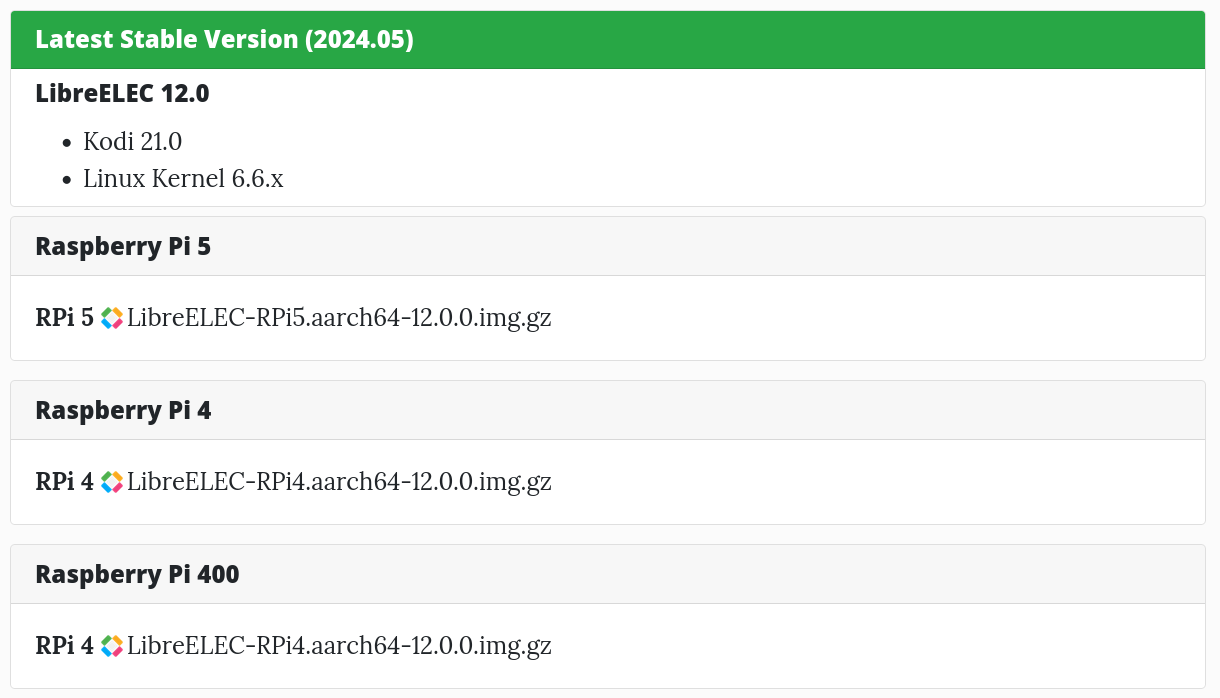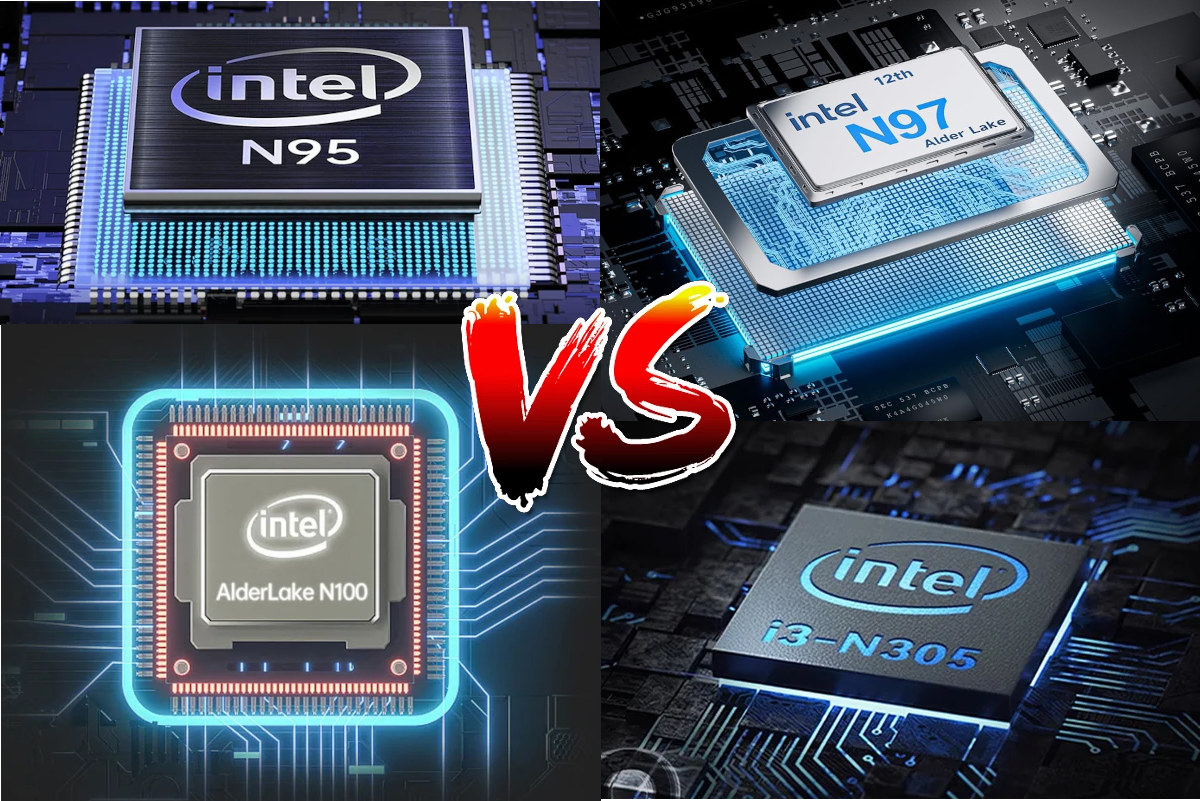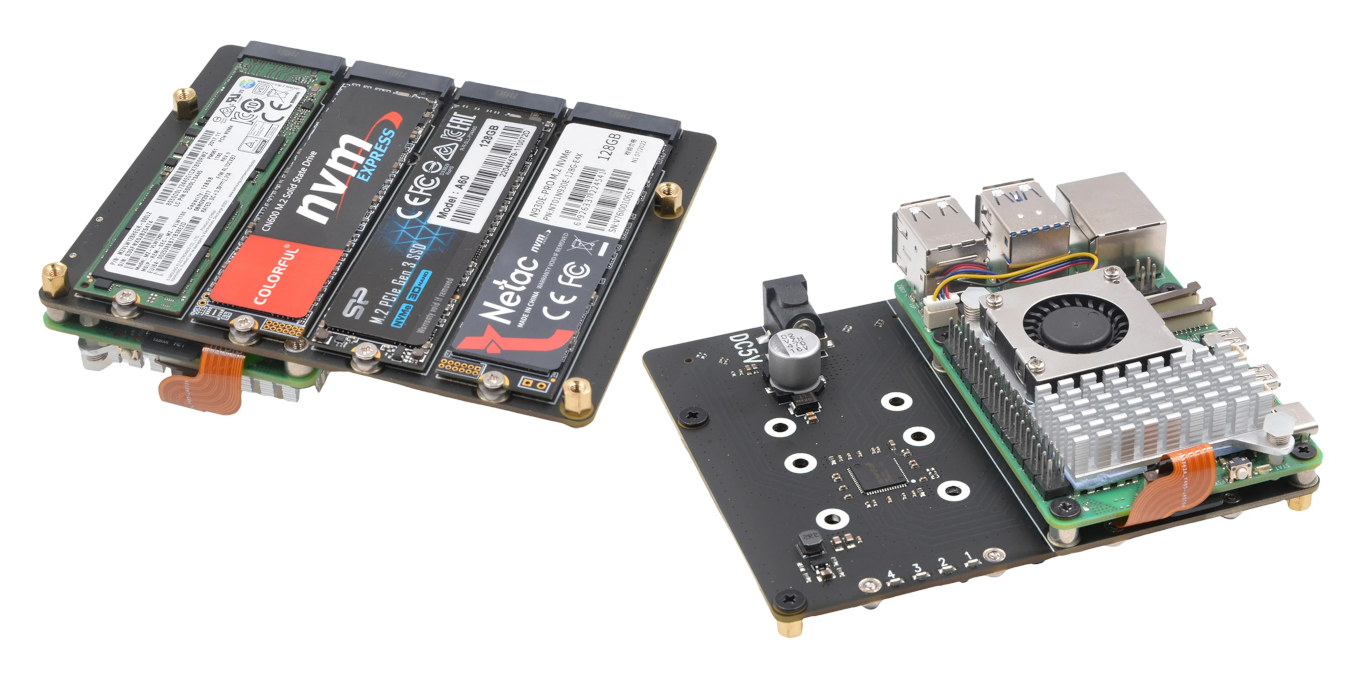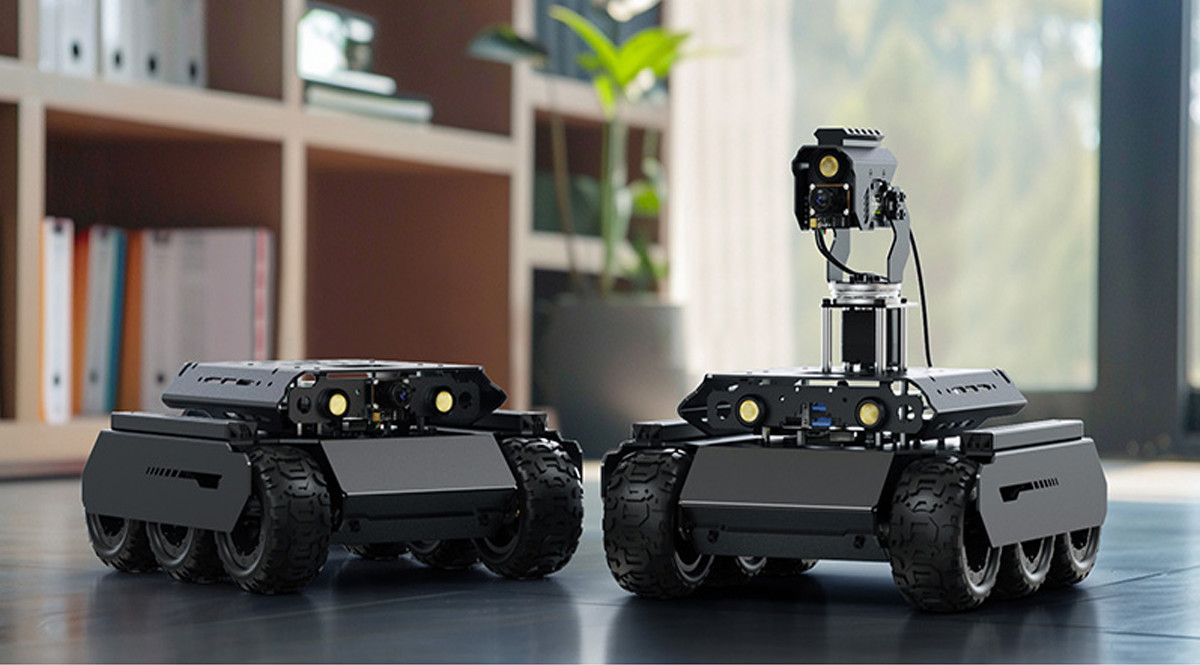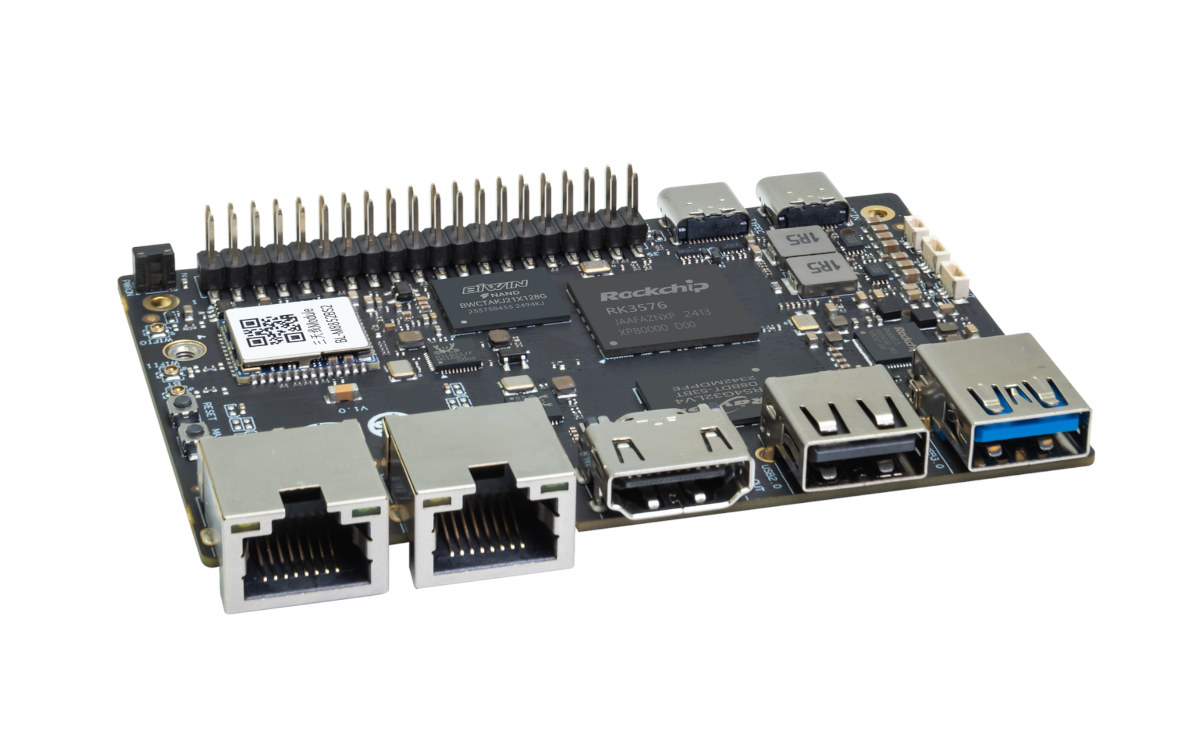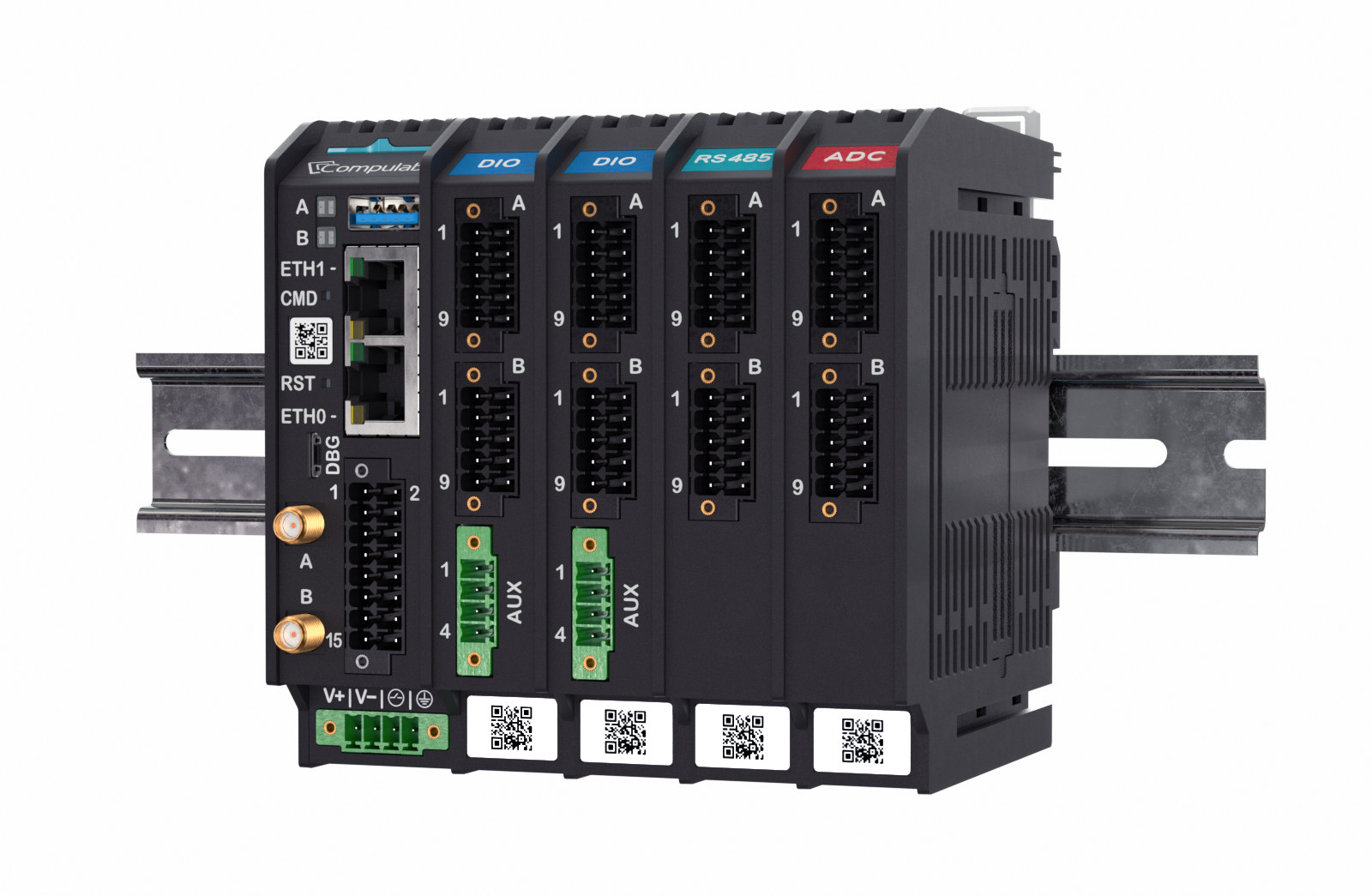Google dropped RISC-V support from the Android’s Generic Kernel Image in recently merged patches. Filed under the name “Remove ACK’s support for riscv64,” the patches with the description “support for risc64 GKI kernels is discontinued” on the AOSP tracker removed RISC-V kernel support, RISC-V kernel build support, and RISC-V emulator support. In simple terms, the next Android OS implementation that will use the latest GKI release won’t work on devices powered by RISC-V chips. Therefore, companies wanting to compile a RISC-V Android build will have to create and maintain their own branch from the Linux kernel (ACK RISC-V patches). These abbreviations can be confusing, so let’s focus on them starting with ACK. There’s the official Linux kernel, and Google does not certify Android devices that ship with this mainline Linux kernel. Google only maintains and certifies the ACK (Android Common Kernel), which are downstream branches from the official Linux kernel. One of the main ACK branches is the android-mainline […]
Save up to $75 on Rockchip RK3588-powered Mixtile Blade 3 SBC and Core 3588E module (Sponsored)
Mixile has launched a promotion that could save you up to $75 on the company’s Rockchip RK3588-powered devices, namely the Mixtile Blade 3 SBC that can be used standalone or integrated into a cluster and Core 3588E SO-DIMM system-on-module that follows the NVIDIA Jetson Nano, TX2 NX, Xavier NX, and Orin Nano form factor and will work with most carrier boards designed for those. The first part of the “Lucky Offer” promotion is a $50 discount coupon code (cnx50off) applicable to the Mixtile Blade 3, Mixtile Blade 3 Case, and Mixtile Cluster Box. The Mixtile Blade 3 is a pico-ITX SBC powered by a Rockchip RK3588 octa-core Cortex-A76/A55 processor, with up to 32GB RAM, up to 256GB eMMC flash, three display interfaces, an HDMI input port, dual GbE, a 40-pin GPIO header, and a U.2 connector carrying 4-lane PCIe Gen3 and SATA 3.0 signals and specifically designed for cluster applications. […]
LibreELEC 12 released with Kodi 21, 64-bit Arm support for Raspberry Pi 4/5, and platforms
As one should have expected after the Kodi 21 “Omega” release last month, the LibreELEC 12 lightweight Linux media center distribution is now out with many devices updated to 64-bit, including the Rasberry Pi 4 and 5 SBCs. LibreELEC 11 was released last year based on Kodi 20 “Nexus” and bringing back support for Amlogic devices. LibreELEC 12 builds on that and benefits from the new features added to Kodi 21 such as FFmpeg 6 and works on Arm platforms based on Allwinner, Amlogic, Broadcom (Raspberry Pi), and Rockchip processors, as well as generic x86 computers. It’s an easy option to create a dedicated HTPC based on a range of hardware with all the features brought by Kodi 21 media center. Since so many platforms are supported there are always some limitations for each and known problems: Raspberry Pi – 50/60fps H.264 HW decoding may need force_turbo=1 or core_freq_min=500 in […]
Intel Processor N95 vs N97 vs N100 vs Core i3-N305 benchmarks comparison
Intel Alder Lake-N processors have been pretty popular in mini PCs and to a lesser extent in single board computers in the last year or so, thanks to their excellent performance/price and features/price ratios. All processors have more or less the same features, but performance differences do exist and do not always match the increasing part number. Since we’ve reviewed a bunch of Alder Lake mini PCs, I’ve decided to compare the performance of the Processor N95, Processor N97, Processor N100, and Core i3-N305 CPUs to have a better understanding of the differences between each part. For this purpose, we’ll rely on five mini PCs: Blackview MP80 (Processor N95), Blackview MP80 (Processor N97), the Intel N100-powered MINIX Z100-0dB and GEEKOM Mini Air12, and the Weibu N10 with a Core i3-N305 CPU. A summary of the specifications is listed in the table below. Some important remarks: Prices are taken from Amazon […]
Geekworm X1011 board adds up to four NVMe SSDs to the Raspberry Pi 5
Geekworm X1011 is a new expansion board for the Raspberry Pi 5 with four M.2 sockets enabling the insertion of up to four M.2 NVMe SSDs with data pushed through the PCIe Gen2 interface of the popular SBC. We were already wondering why most people would want to connect two NVMe SSDs to the Raspberry Pi 5 when the Geekworm X1004 HAT+ was launched considering the 5GT/s limitation from the board and the PCIe switch, but the company decided to double the number of drives with the X1011 meaning each drive can achieve up to around 100 MB/s (or 400MB/s) when used simultaneously. It does look nice and fairly compact though. Geekworm X1011 specifications: Supported SBC – Raspberry Pi 5 and other SBCs with a compatible 16-pin PCIe FPC connector and mounting holes Chipset – ASMedia ASM1184e PCI express packet switch with 1x PCIe Gen2 x1 upstream port and 4x […]
Waveshare UGV Rover – A 6-wheel AI robot built around Raspberry Pi 4/5 and ESP32
The Waveshare UGV Rover is a 6-wheel robot platform based on Raspberry Pi 4 or 5 as well as an ESP32 module and built for remote exploration, object recognition, and autonomous navigation. Since the source code for the platform will be open-sourced it can also be used for educational purposes, programming, robotics, AI experimentation, and many other applications. This Unmanned Ground Vehicle (UGV) rover features a 2mm thick aluminum body, six 80mm shock-absorbing tires, and a four-wheel drive system controlled by an ESP32 sub-controller. The sub-controller also handles sensors, LiDAR, cameras, and more. The brain or the main controller of the rover is a Raspberry Pi SBC – either a Pi 4B or Pi 5 – which notably handles computer vision and machine learning operations. Since the mounting holes are designed to fit a Raspberry Pi, it is safe to assume that it will fit other SBCs with the same […]
Banana Pi BPI-M5 Pro low-profile SBC features Rockchip RK3576 octa-core Cortex-A72/A53 AIoT SoC
Banana Pi BPI-M5 Pro, also known as Armsom Sige5, is a low-profile single board computer (SBC) powered by the Rockchip RK3576 octa-core Cortex-A72/A53 SoC for the AIoT market that offers a mid-range offering between Rockchip RK3588 and RK3399 SoCs. The board comes with 16GB LPDDR4X and 128GB eMMC flash by default, offers dual GbE, WiFi 6 and Bluetooth 5.2 connectivity, an M.2 2280 PCIe socket for expansion, HDMI and MIPI DSI display interfaces, two MIPI CSI camera interfaces, a few USB ports, and a 40-pin GPIO header. Banana Pi BPI-M5 Pro specifications: SoC – Rockchip RK3576 CPU 4x Cortex-A72 cores @ 2.2GHz, four Cortex-A53 cores @ 1.8GHz Arm Cortex-M0 MCU at 400MHz GPU – ARM Mali-G52 MC3 GPU with support for OpenGL ES 1.1, 2.0 and 3.2, OpenCL up to 2.0 and Vulkan 1.1 NPU – 6 TOPS (INT8) AI accelerator with support for INT4/INT8/INT16/BF16/TF32 mixed operations. VPU Video Decoder: […]
NXP i.MX 8M Plus powered DIN-Rail IoT gateway takes DIO, RS232, RS485, and ADC expansion modules
Compulab IOT-DIN-IMX8PLUS is a DIN Rail IoT gateway powered by an NXP i.MX 8M Plus AI SoC that takes various expansion modules with digital inputs and outputs (DIO), RS232, RS485, or ADC. The new model looks to be an evolution of the Compulab IOT-GATE-IMX8PLUS Arm Linux IoT gateway introduced in 2022 with many of the same features, except the IOT-DIN-IMX8PLUS is designed to be installed in a cabinet or other installation with a DIN Rail, and can easily be connected to additional I/O modules. Compulab IOT-DIN-IMX8PLUS specifications: SoC – NXP i.MX 8M Plus Quad or Quad-lite CPU Quad-core Arm Cortex-A53 processor @ up to 1.8 GHz Arm Cortex-M7 real-time core @ 800 MHz GPU – Vivante GC7000UL 3D GPU, Vivante GC520L 2D GPU VPU – 1080p H.265/H.264 video decoder & encoder DSP HiFi 4 DSP AI accelerator – 2.3 TOPS Neural Processing Unit (NPU) on i.MX 8M Plus Quad only […]




